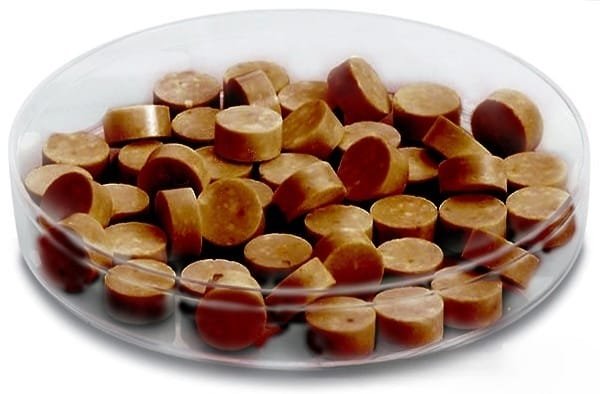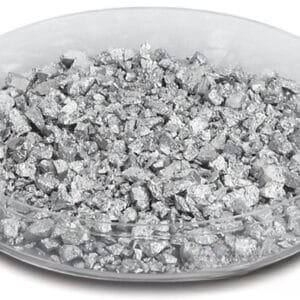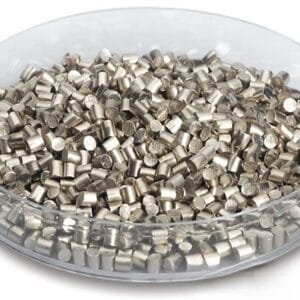Lanthanum Calcium Manganate Evaporation Materials Overview
TFM provides high purity lanthanum calcium manganate evaporation materials, featuring the chemical formula La₀.₆₇Ca₀.₃₃MnO₃. These oxide evaporation materials are essential for ensuring high-quality films in various deposition processes. Our lanthanum calcium manganate materials are produced to an exceptional purity level of up to 99.9995%, with stringent quality assurance protocols to ensure their reliability.
Related Products: Lanthanum Evaporation Materials, Calcium Evaporation Materials, Manganese Evaporation Materials, Oxide Ceramic Evaporation Materials
Applications
Lanthanum calcium manganate evaporation materials are ideal for:
- Deposition processes including semiconductor deposition, chemical vapor deposition (CVD), and physical vapor deposition (PVD).
- Optics applications, such as wear protection, decorative coatings, and displays.
Packaging
Our lanthanum calcium manganate evaporation materials are meticulously tagged and labeled to ensure efficient identification and quality control. We take great care to prevent any damage during storage and transportation.
Contact Us
TFM is a leading provider of high purity lanthanum calcium manganate evaporation materials. We offer our products in various forms, including tablets, granules, rods, and wires, with customized options available upon request. Additionally, we supply evaporation sources, boats, filaments, crucibles, heaters, and e-beam crucible liners. For current pricing or to inquire about materials not listed, please contact us directly.


 MSDS File
MSDS File



Reviews
There are no reviews yet.